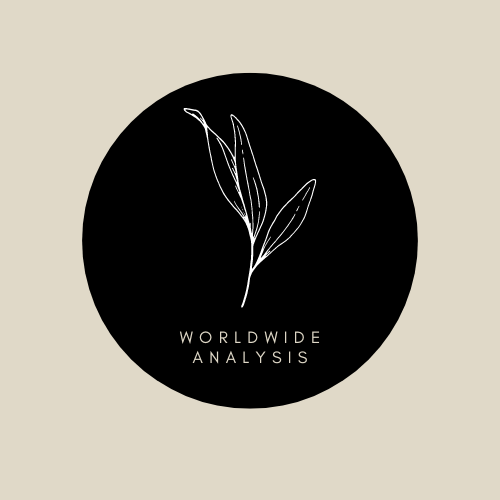The major drivers in the global medication adherence market are the snowballing demand for personalized healthcare, mHealth technologies, and advanced medication adherence systems, coupled with the rising incidence of chronic illnesses. Moreover, the market is predicted to touch $11,226.3 million by 2030. The outbreak of COVID-19 had disrupted the entire circular economy. Poor drug adherence has massive consequences, costing the healthcare system around $177 billion per year in direct and indirect expenditures, but the cost of non-adherence during the COVID-19 pandemic can be far greater.
Within the product segment, the medication adherence market can be bifurcated into hardware-centric and software-centric categories, of which the latter bifurcation holds a bigger market share on account of its inherent advantages in comparison to the former bifurcation. The series of applications or programs that intimate, record, and track the patient are software-centric medication adherence products. These items are more popular since they are easier to obtain and less expensive the hardware-centric products. Furthermore, there would be a paradigm shift toward mobile-app-based medication adherence products over other software-centric solutions in the coming years.
On segmentation by medication, cardiovascular diseases will dominate the medication adherence market in the coming years. This category will also exhibit the highest CAGR as well owing to the growing geriatric population, surging adoption of unhealthy lifestyles, and consequently, increasing incidence of cardiovascular diseases. Long-term treatment is required to prevent morbidity and mortality in diseases and illnesses such as heart failure and myocardial infarction. Because of the high prevalence of medication non-adherence among cardiac patients, adherence devices are being used extensively to maintain optimal medication schedule compliance.
North America ruled the medication adherence market in the past years. This dominance is because of the rising incidence of chronic illnesses, increasing healthcare expenditure, rising geriatric population, and skyrocketing investments toward research and development in this market. The region has observed a significant increase in its elderly population, augmenting growth in the regional market. As per the 2019 UN Department of Economic and Social Affairs (UNDESA) study on the demographics of the human population, Northern America's aging population is expected to grow significantly until 2050, driving the medication adherence industry even further.
Being home to some of the most populous nations, including Japan, India, and China, APAC will create lucrative opportunities for the medication adherence market players in the coming years. This can be attributed to the growing geriatric population, rising disposable income, and consequently, increasing purchasing power of consumers. Furthermore, all the enterprisers are continuously engaged in countless mergers and acquisitions to come up with several innovations to escalate the growth of this market.
Growing medication adherence awareness as a result of the implementation of patient-saving strategies is a prominent trend in the medication adherence industry. Medication adherence programs attempt to enhance patient compliance while also assisting pharmacists in detecting patients who are not taking their medications on time. Every year, the non-government and government bodies organize events and conferences to educate patients and caregivers on medication adherence. Hence, this will create extravagant opportunities for market players.
Hence, the snowballing demand for personalized healthcare, mHealth technologies, and advanced medication adherence systems will drive the market.



